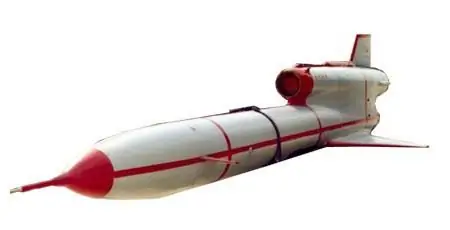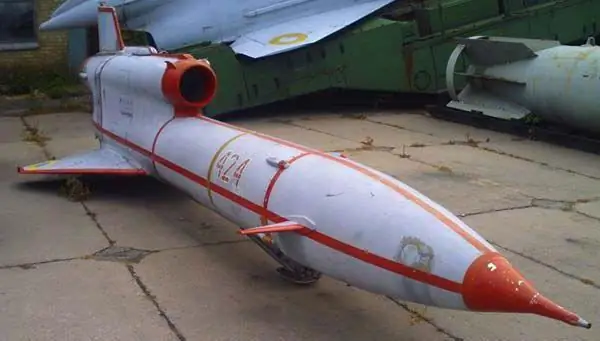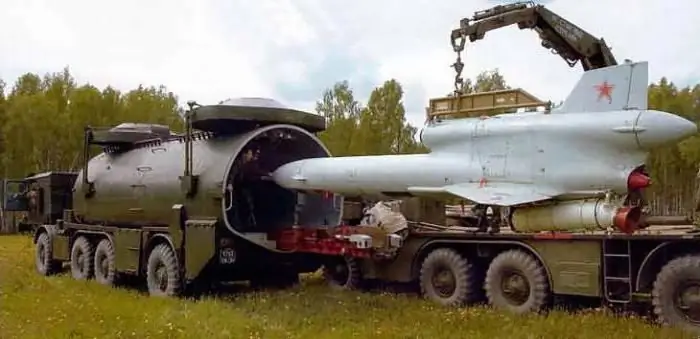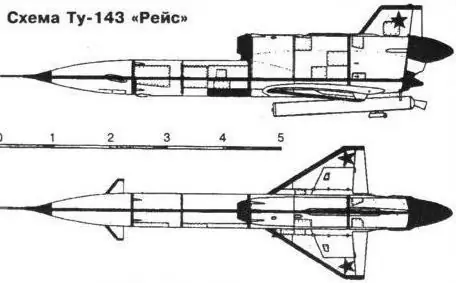The need for reconnaissance behind enemy lines in the mid-fifties, during the beginning of the confrontation between the US and the USSR for dominance in the world, determined the importance of creating unmanned aircraft. Now independently piloted equipment is in service with many countries of the world and its number is growing. But few people know that the birthplace of "smart" aircraft, which are still used today, was the Soviet Union, which developed such well-known reconnaissance vehicles as the TU-123, TU-143, TU-141.
How did it all start?
The primitive use of unmanned vehicles in the form of balloons to deliver bombs by Austrian troops into besieged Venice was dated 1849. Half a century later, Nikola Tesla designed and put into practice a radio-controlled ship. And in 1910, the American military engineer C. Kettering built and tested several copies of unmanned aerial vehicles (UAVs), but they did not find practical use.
The thirties were marked by the development of self-guided reusable vehicles inGreat Britain. In parallel with this invention, in the Soviet Union, designer Nikitin created a torpedo bomber-glider and even designed a torpedo with a range of 100 km, but everything remains on paper. In 1940, German scientists created a cruise missile, first used in combat, and a jet engine.

It was only after the Second World War that an arms race in the unmanned sphere between the Warsaw Pact countries and NATO began, thanks to which the UAVs used so far appeared, including the Reis TU-143.
Precursor UAV "Reis"
In 1956, the Warsaw Pact brought allied troops into Hungary to suppress anti-communist ideas. In the same period, a secret department "K" was created in the Tupolev Design Bureau, whose task was to develop products "C". A year later, the Council of Ministers of the USSR for Aviation Affairs receives a telegram classified as "Secret" about the readiness to conduct flight tests of products "C" in the fourth quarter of 1958.
The creation of a UAV was hidden under the encrypted product. The idea of development belonged to A. N. Tupolev. The secret product was a metal monoplane with arrow-shaped wings. Soon, a project was prepared for an unmanned strike complex capable of delivering nuclear weapons at a distance of 10 thousand km, but it was not implemented by order of N. S. Khrushchev.
The TU-123 self-piloted reconnaissance vehicle "Hawk", which became the predecessor of the TU-143, made its first flight in 1961. Unlike percussionaircraft, it had reconnaissance equipment in the bow of the structure, and not a nuclear warhead.
Hawk's imperfections and Flight's order
The first drawback revealed during the tests of the TU-123 was non-heat-resistant photo hatches, which were covered with cracks at an aircraft speed of 2700 km/h. Soviet engineers solved this problem by purchasing Brazilian quartz sand under the pretext of using it in medical equipment. It was from such raw materials that heat-resistant glass was obtained, and then high-quality images.

The second drawback was the imperfect design of the Hawk, which during operation retained only the instrument compartment, the rest of the UAV was disposable. The country's leadership understood the need to develop a salvageable unmanned reconnaissance complex. It would later be dubbed "Flight" TU-143. The history of the creation of the UAV begins with the entry of allied troops into Czechoslovakia and the setting by the leaders of the USSR of a new task for the Tupolev Design Bureau to build a salvageable reconnaissance unmanned vehicle.
Creating a "Flight"
Work on the implementation of the new state order in the field of UAVs proceeded quickly. Two years later, "Reis" has already made its first flight. After 4 years of testing and improvement, in 1976, the complex was adopted by the USSR army. Effective tactical reconnaissance - this is how the TU-143 was characterized in the troops. The production of prototypes in the amount of 10 pieces was implemented in Bashkiria in 1973. Soon the serial production of the new complex began. For 10 years (until 1980)a total of 950 pieces were made.

The release of the complex was implemented in two varieties: the first - with photographic equipment; the second - from television. In addition, the UAV was equipped with radiation reconnaissance equipment. In 1985, Tupolev engineers created a target on the basis of Reis, which also successfully passed state tests.
Invulnerability by means of air defense is a feature of the TU-143. In service with 6 countries was the "Flight": the USSR, Iraq, Czechoslovakia, Bulgaria, Syria, Romania. Today he stayed in Ukraine and Russia.
Purpose
During the tactical flight, the reconnaissance complex produced aerial photography with the data stored on film. To solve operational problems, television equipment was used in TU-143. Both types of reconnaissance actions could be carried out in the daytime. The distance, which determines the depth of penetration of the UAV behind enemy lines, is characterized by indicators of 60-70 km.

Functions of the Reis complex:
- Starting from a self-propelled unit with a wind speed of no more than 15 m/s.
- Flight control using an automated onboard system (ABS).
- Ability to program flight paths.
- Collection and preservation of intelligence data using photographic and television equipment.
- The ability to determine the radiation situation.
- Data delivery to a given point and through a radio channel to ground command posts.
TU-143: design description
UAV "Reis" has unique properties of radio visibility. L. T. Kulikov, one of the chief designers, suggested making special protective equipment. The keel, wing tips, parachute container, nose of the aircraft are made of non-metallic materials. This made it possible to achieve the invulnerability of the reconnaissance complex.
Structurally, the fuselage of the device consists of four compartments: bow, onboard equipment, fuel tank, engine nacelle with a parachute container. Reconnaissance equipment is located in the bow of the complex. The compartment is made of fiberglass and includes a photo hatch.

UAV lands thanks to tricycle landing gear. The front support is hidden in the second compartment, and the other two are released from the wing consoles. Braking and landing parachutes are designed to dampen horizontal and vertical landing speeds.
Operation
The reconnaissance complex was used in the Afghan and Lebanese wars. After the collapse of the USSR, a large number of UAVs remained on the territory of Ukraine.
In 2001, there was a tragic incident with the use of TU-143 for training purposes as a target. The TU-154M airliner then crashed, as a result of which about 80 people died. The reason was an unintentional hit by a missile designed for the Reis drone.

You can see TU-143 (copies) preserved as exhibits in the following places:
- Aviation Museum in Kyiv.
- Museummilitary equipment and weapons of the Spadshchansky Forest.
- In the city of Khmelnitsky.
- Prague Aviation Museum.
- Museum. Sakharov.
- Moscow Central Airfield.
- Monino Air Force Museum.
TU-143: performance characteristics
- Weight - 1230 kg.
- Length - 8.06 m.
- Height - 1,545 m.
- Wingspan - 2.24 m.
- Wing area - 2.9 m2.
- Minimum flight altitude - 10 m.
- Flight time is 13 minutes.
- Engine type - TRD TR3-117.
- The depth of action is 95 km.
- Maximum speed is 950 km/h






